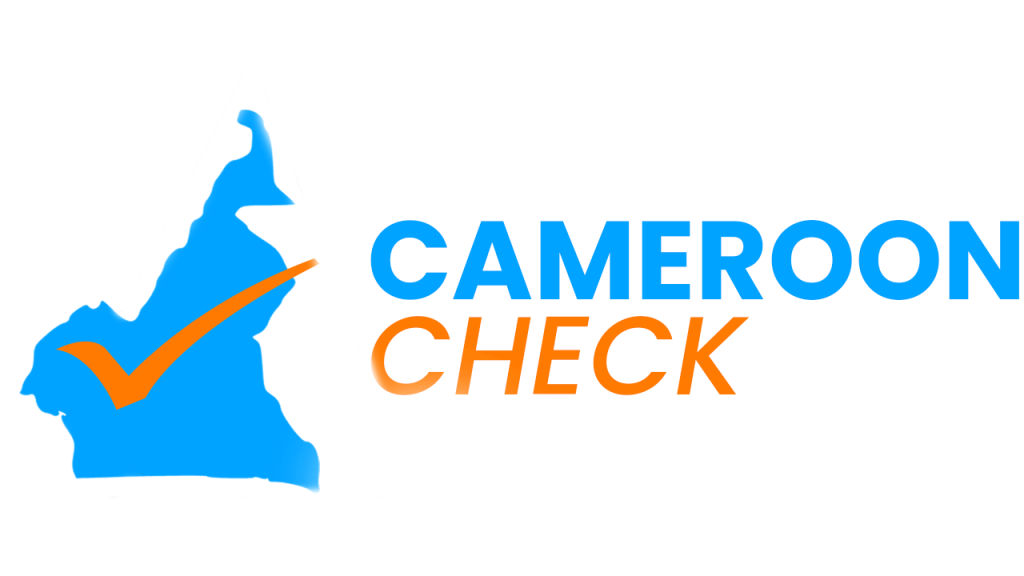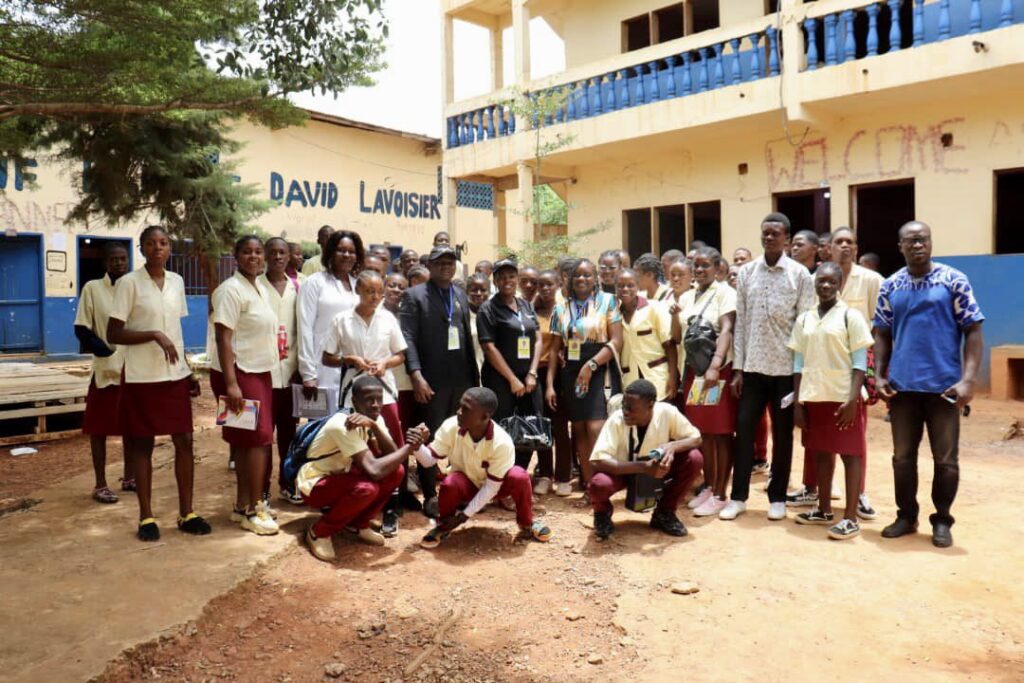The Meetup was held on Thursday, September 14 at College David Lavoisier and organized by Group B of 3 #AFF Cameroon. It was centred around the theme “Social media and youth mental health”. The objective of the Meetup was to examine the impact of social networks on young people’s daily lives, and in particular on their health.
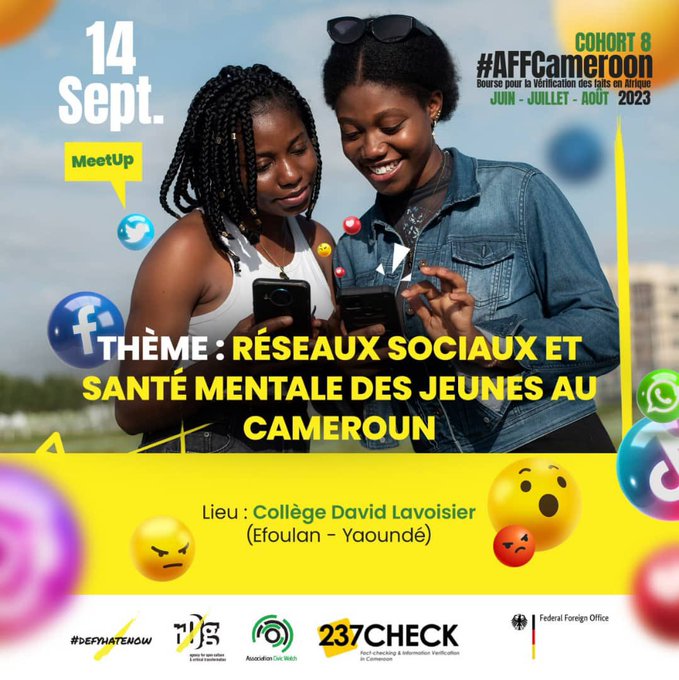
Mental health is a state of mental well-being that enables people to cope with the stresses of life, realize their abilities, learn and work well, and contribute to their community. It is an integral component of health and well-being that underpins our abilities to make decisions, build relationships, and shape the world we live in. Mental health is determined by a complex interplay of individual, social, and structural stresses.
The impact of social networks on young people’s mental health is a topic of growing concern. Studies have shown that social media use can lead to a range of negative outcomes. They include suicide, lack of concentration, manipulation, fear, and acculturation. According to a survey conducted by the UK’s Royal Society for Public Health that ranked. Social media platforms according to their impact on youth mental health, Instagram is the social media platform with the most negative effect on the psychological state of young people. On the other hand, YouTube is considered to be the most positive network in this area and the only one in the research considered to have a ‘net positive’ influence.
Institutions that Promote a hate-free society
In Cameroon, there are several institutions that promote a hate-free society. For instance, the UN Centre for Human Rights and Democracy in Central Africa has held a yearlong series of partner consultations to devise a strategy to prevent and combat hate speech in Cameroon. The National Commission for the Promotion of Bilingualism and Multiculturalism has carried out national campaigns to fight against hate speech and xenophobia. The government has also passed laws that criminalize hate speech and tribalism.
#defyhatenow is an initiative that tackles hate speech, disinformation and misinformation. It aims to build trust between stakeholders through civic action against hate speech and violence. #defyhatenow supports citizens working against online conflict by involving youth, community leaders, grassroots organizations and civil society in a peace-oriented media and information literacy framework.
Civic Watch, a non-profit youth-led organization in Cameroon, implements #defyhatenow. It works with schools, civic debate spaces and other organizations to promote participation and accountability of local officials. They mobilize communities to counter hate speech online and offline. It has created bilingual guides, an early warning system and peace-oriented media activities. It also partners with #237Check, a platform that verifies social media information in Cameroon.
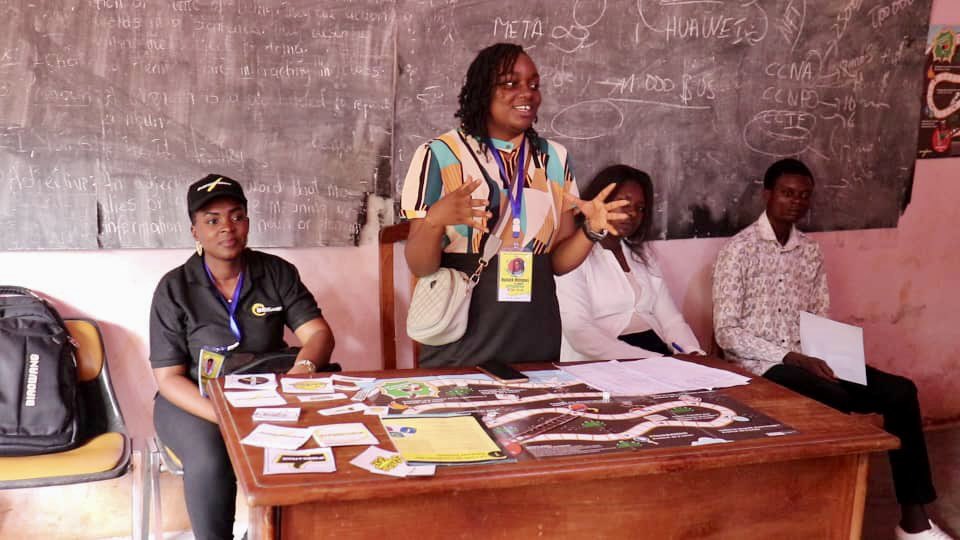
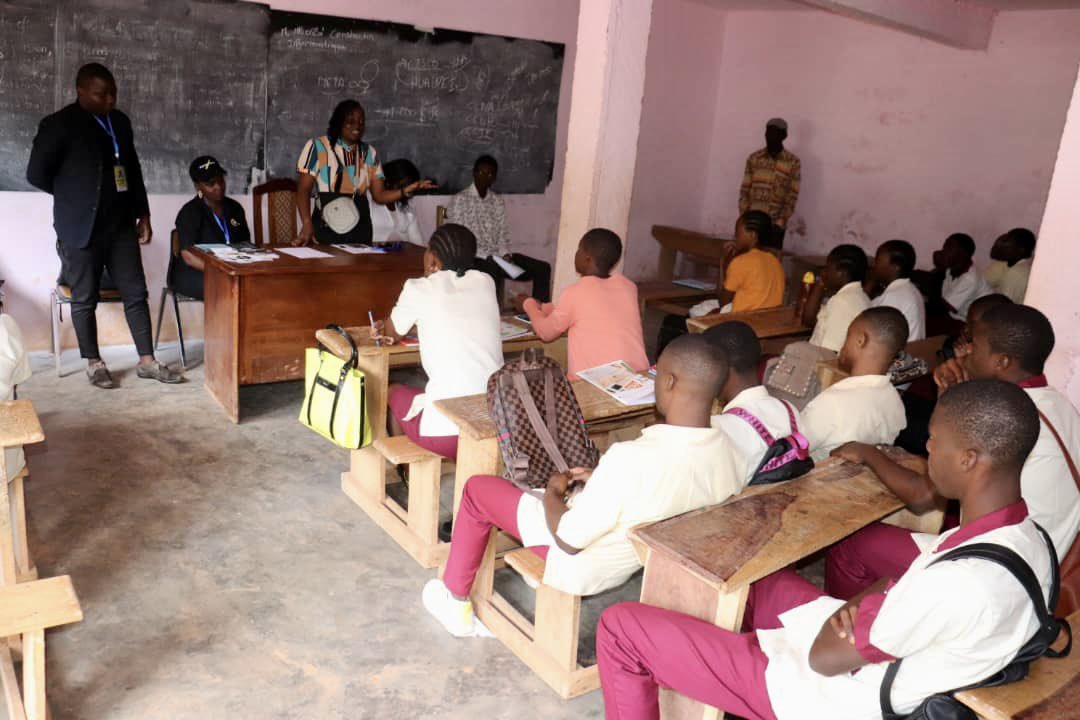
Social Media
Social media are a ubiquitous part of modern life. There are several types of social networks, each with its own characteristics and penetration rates. Some of the most popular social networks include Facebook, Twitter, Instagram, and TikTok.
- Facebook: The world’s biggest social network, 2.8 billion users/month. Users can make profiles, post content, join groups, follow pages, play games, and chat with others. Facebook also owns other platforms such as Instagram, WhatsApp, and Messenger.
- Twitter: It is a microblogging platform that allows users to post short messages called tweets. Users can also follow other users, retweet or like their tweets, and join conversations on various topics. Twitter has about 330 million monthly active users and is often used for news, politics, entertainment, and social movements.
- Instagram: Instagram is a photo and video-sharing platform that allows users to post content using filters, stickers, and effects. Users can also follow other users, like or comment on their posts, send direct messages, and watch stories or reels. World’s biggest social network, 2.8 billion users/month. Make profiles, posts, groups, pages, games, chats.
- TikTok: It lets users make and share 60-second videos with music, sounds, filters, and transitions. Users can follow, like, comment, join challenges or trends, and find new videos by hashtags or recommendations. TikTok has 689 million monthly users and is very popular among young people for its fun and engaging content.
The Impact of Social Networks on Young People’s Mental Health
The impact of social networks on young people’s mental health is a topic of growing concern. Studies have shown that social media use can lead to a range of negative outcomes. They include suicide, lack of concentration, manipulation, fear, and acculturation.
A UK survey ranked social media platforms by their impact on youth mental health. Instagram has the most negative effect on young people’s psychological state. YouTube is the only platform with a ‘net positive’ influence.
Positive effects of social media
- Social media can provide young people with a sense of belonging and connection with others who share their interests or experiences. They can also offer emotional support, feedback, and advice when they face difficulties or challenges in their lives.
- Social media can enhance young people’s self-esteem by allowing them to express themselves, showcase their talents, and receive recognition or praise from others. They can also help them develop their identity, values, and goals through exposure to diverse perspectives and opinions.
- Social media can facilitate young people’s learning by providing them with access to information, resources, and opportunities that may not be available in their offline environments. They can also help them acquire new skills, knowledge, and competencies through interactive and collaborative activities.
Negative effects of social media
- Social media can increase the risk of suicide among young people by exposing them to harmful content such as cyberbullying, self-harm, or suicide ideation. They can also amplify the feelings of hopelessness, worthlessness, or loneliness that may lead to suicidal thoughts or behaviours. Victims of cyberbullying are more than twice as likely to have suicidal tendencies.
- Social media can impair young people’s concentration by distracting them from their academic or professional tasks. They can also reduce their attention span, memory, and cognitive abilities by overloading them with irrelevant or excessive information.
- Social media can manipulate young people’s opinions, attitudes, and behaviours by influencing them with false or misleading information such as fake news, propaganda, or advertisements. They can also exploit their personal data, preferences, and habits for commercial or political purposes without their consent or awareness.
- Social media can induce fear among young people by exposing them to negative or violent content such as hate speech, terrorism, or crime. They can also trigger anxiety or stress by creating unrealistic or unhealthy expectations such as body image, popularity, or success.
- Social media can erode young people’s cultural identity by exposing them to foreign or dominant cultures that may conflict with their own values or traditions. They can also undermine their social skills, norms, and etiquette by replacing face-to-face interactions with online ones.
Board Game
During the Meetup, a board game was played to enable students to practically understand the dos and don’ts of social media use to preserve their mental health.
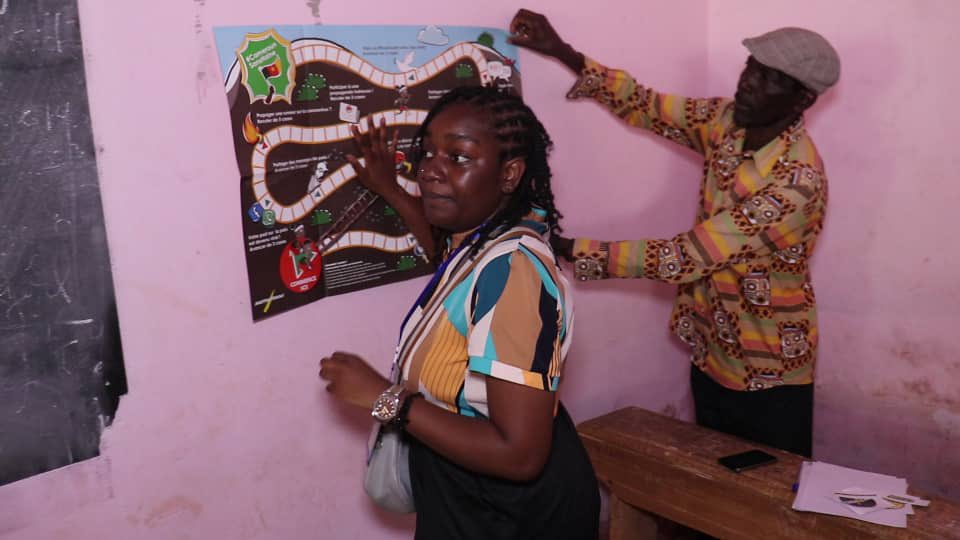
The meetup featured a fun and interactive board game to help students learn how to use social media responsibly and protect their mental health. The game involved different scenarios and challenges related to social media use, such as cyberbullying, fake news, peer pressure, and privacy issues. The students had to choose the best actions or responses for each situation while avoiding the pitfalls and risks of social media. The game also taught the students tips and strategies for managing their time and emotions on social media, such as limiting usage, verifying information, seeking help when needed, and balancing online and offline lives. The board game was a creative way to educate students about the dos and don’ts of social media use for their mental well-being.
Social media statistics per app
Options for Better Use of Social Networks by Young People
To mitigate the negative effects and maximize the positive effects of social networks on youth mental health, one can consider some of the following options:
- Limiting their time and frequency of use: Young people can limit their social media use by setting boundaries and rules. They can also use tools or apps to monitor or block their access when they exceed their limits. Young people can select platforms and content that suit their needs, interests, and goals. They can customize their settings and filters to control what they see and share on social networks. They can also report or block any inappropriate or abusive content or users.
- Choosing their platforms and content wisely: Young people can select platforms and content that suit their needs, interests, and goals. They can customize their settings and filters to control what they see and share on social networks. They can also report or block any inappropriate or abusive content or users.
- Verifying the source and accuracy of information: They can critically evaluate information on social networks by checking the source, date, and evidence of the information. They can compare it with other reliable sources. They can avoid spreading or sharing any false or misleading information that may cause harm or confusion to themselves or others.
- Seeking professional help when needed: Young people can seek professional help for mental health problems. They can also consult their parents, teachers, friends, or mentors for guidance or support when facing challenges on social networks.
- Balancing their online and offline lives: Young people can balance their online and offline lives. They should engage in activities that enrich their physical, mental, and social well-being. They can maintain offline relationships by spending quality time with family, friends, and community in person.
Conclusion
Social networks are powerful tools that can have both positive and negative impacts on youth mental health. To make the best use of these tools, one should be aware of the risks and benefits. And adopt some strategies that can help protect and improve their mental health. By doing so, they can enjoy the advantages of social networks without compromising their well-being. Social media and youth mental health is important and should be treated with more catuious.
Other Fact Checks
Corpse Discovery of a Man in his 40s in Bamenda Under Suspicious Circumstances is True
The Role of Clickbait and Sensationalism in Creating Disinformation and its Impact on Society
The Article “Welcome to Yaounde” by TGP Newspaper is Misleading
Eric Tataw’s Recent Arrest is Not Connected to His Separatist Links
